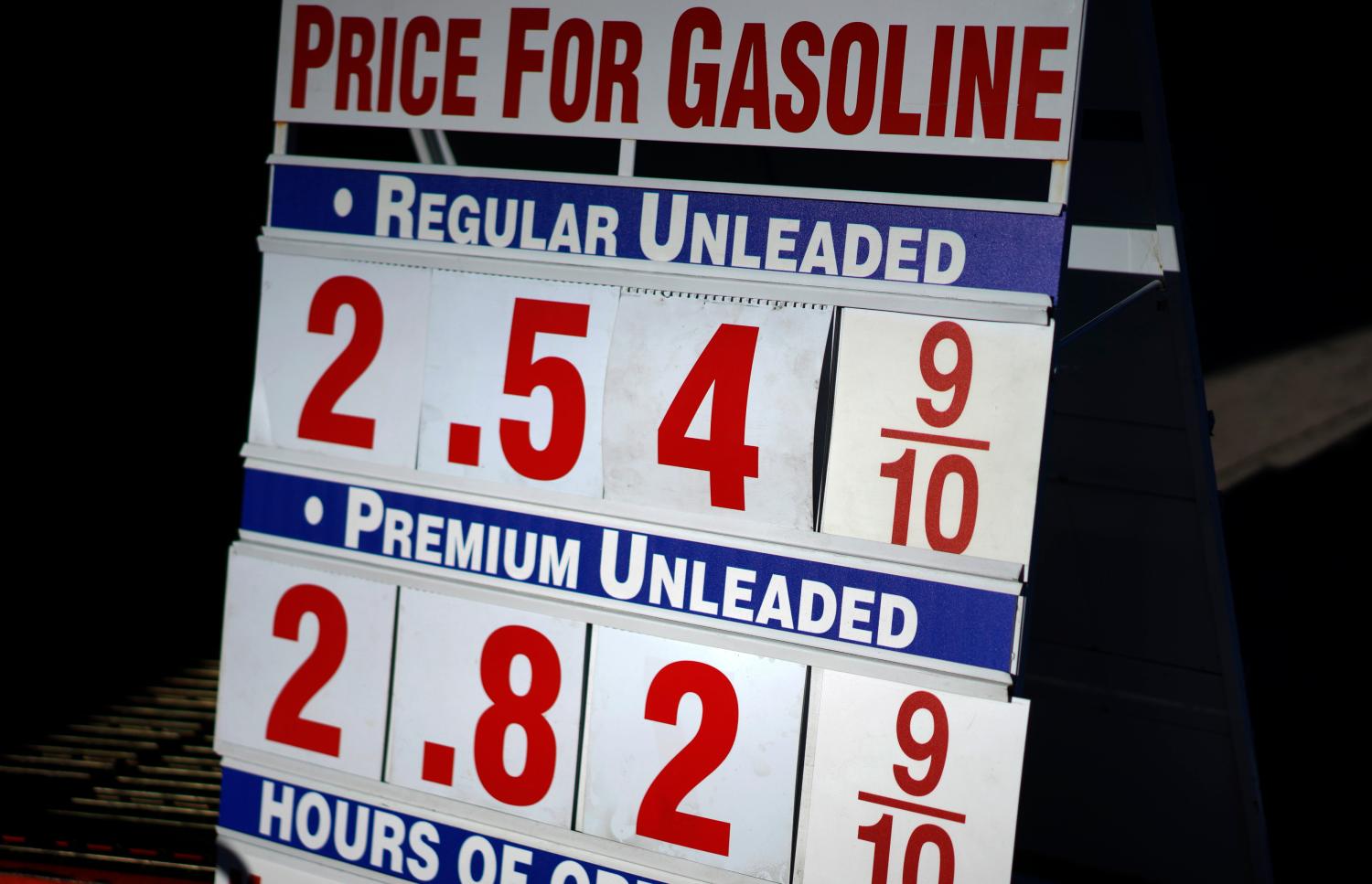EXECUTIVE SUMMARY
This paper estimates the effect of gasoline prices on home values and explores the degree to which the relationship varies across a city. Using data from 930,702 home sales in Clark County, Nevada, from 1976 through 2010, we find that gasoline prices have significantly different effects on the sales price of homes in different neighborhoods. A ten percent increase in gasoline prices is associated with changes in location-specific average home values that span a range of over $13,000. This suggests that energy policies may affect household housing wealth via gasoline prices, a heretofore unrecognized distributional outcome.
Introduction
A large literature explores the economic and distributional effects of potential carbon pricing policies, including how taxing carbon could raise retail energy prices and differentially affect households across regions and income classes. A growing literature connects the effects of energy prices to the value of durable household goods. For example, Busse et al (2013) estimate consumers’ willingness to pay for vehicle fuel economy and find that a $1 increase in the price of gasoline is associated with an increase of $354 in the average price of the highest fuel economy quartile of cars relative to that of the lowest fuel economy quartile. They found an estimated relative price difference of $1,945 for used cars.
Hedonic studies of home values have analyzed how home heating oil prices and energy efficiency investments could be capitalized into home values, but so far no research has examined the potential of fuel taxes to affect home prices, and little research has related gasoline prices to households’ willingness to pay for homes. Households adjust to changes in gasoline prices via their choices of vehicle, where to live and work, and mode of transport. Communities adjust through investments in infrastructure and housing supply. Inducing these shifts is key to reducing greenhouse gas emissions from transport fuels. Thus, understanding how housing markets respond to gasoline prices is important for anticipating the environmental and distributional outcomes of energy policies.
The relationship between gasoline and housing markets could also be important to understanding broader housing market dynamics, including the relative prices of close-in and far flung homes, mortgage performance, the 2008 housing bust, and the location of new housing supply. For example, Glaeser et al (2012) find that during the last two housing booms, home prices rose significantly less in areas farther from the central business district. Gasoline prices could help explain why their result was far more pronounced during the 1996-2006 housing boom (a period in which real gasoline prices tripled) than during 1982-89 housing boom (a period in which real gasoline prices fell) and why, during the second boom, the price growth gradient was flatter in areas in which more adults take public transit.
Some evidence links gasoline prices to lending risks and the 2008 housing bust. For example, Kaufmann et al (2011) show that spikes in gasoline prices can stress household budgets and contribute to mortgage non-performance. Cortright (2008) relates the initial signs of the collapse of the housing bubble with the run-up in oil prices in 2008. And Sexton et al (2012) connect the rapid run-up of gasoline prices in 2007 to 2008 to the bursting of the U.S. housing market bubble. Their simulations support their theory that the greater the commuting distance from the central business district, the more a gasoline price shock causes home values to decline.
Molloy and Shan (2013) investigate the effect of gasoline prices on the location of new home construction and home prices across the United States. They find that a 10 percent increase in gasoline prices leads to a 10 percent decrease in construction in locations with a long average commute (greater than 24 minutes) relative other locations, but they find no significant change on house prices. However, they find that in areas where the housing supply is constrained by regulatory or geographic factors and demand for housing is growing, gasoline prices have a significant negative effect on home prices in areas with long commutes. Their results suggest that if gasoline prices fall and demand for homes in the suburbs grows, developers usually just build more suburban homes. If they can’t for some reason, then the value of those suburban homes goes up, and the lower gasoline prices can boost suburban home values.
The paper extends the literature in several ways. It is the first to look for direct evidence of gasoline prices on property values using property-level data and the first to directly estimate price-price elasticities of the two goods or to characterize the question in that way. This paper is also the first to produce graduated color maps that show spatial variations in the gasoline price effects, their statistical significance, and the estimated mean effects on home values. We find that the elasticities are statistically significantly different from each other in most of the more than 50,000 location-location pairwise F-tests, and we graph the results in a way that is common in science but new to the economics literature. Finally, we directly apply our results to the potential outcomes of climate and energy policies.
Our approach is different than that of Molloy and Shan (2013) in that our data is more spatially detailed and allows estimation of within-city differences in gasoline price effects with no a priori assumptions about which neighborhoods are likely to be most sensitive to gasoline prices (such as those with long commutes). This allows us to pick up relationships that could depend on factors other than work-related travel.
As noted by Malloy and Shan (2013), significant capitalization of gasoline prices may be more likely in areas where short run housing supply is inelastic, such as Las Vegas. According to Saiz (2010), about 32 percent of the Las Vegas metropolitan area is undevelopable owing to physical or regulatory constraints, making it the 32nd most-constrained housing supply in the United States of the 95 metropolitan statistical areas that have a population over 500,000. In addition, the U.S. federal government controls about 90 percent (about 4.66 million acres) of the land in Clark County.6 Several land sales by the U.S. Bureau of Land Management expanded the land available for housing development during the period of our data, but the large share of government ownership and the mountainous terrain surrounding the Las Vegas valley may, at least at times and in some places, impede the response of private markets to increased housing demand.7 According to Saiz (2010), Las Vegas is less constrained than a number of other large metropolitan areas such as New York City, Chicago, San Francisco, Los Angeles, San Diego, Miami, and Boston. Thus our results could suggest a role for gasoline prices in home values in other major property markets.
This paper proceeds as follows. Section 2 describes the hedonic model. Section 3 describes the data for property sales and gasoline prices. It also addresses potential problems of misspecification. Section 4 reviews the results, and Section 5 concludes. The appendix describes the treatment of the data in more detail and presents the results of an alternative (repeat sales) model.
The Brookings Institution is committed to quality, independence, and impact.
We are supported by a diverse array of funders. In line with our values and policies, each Brookings publication represents the sole views of its author(s).




